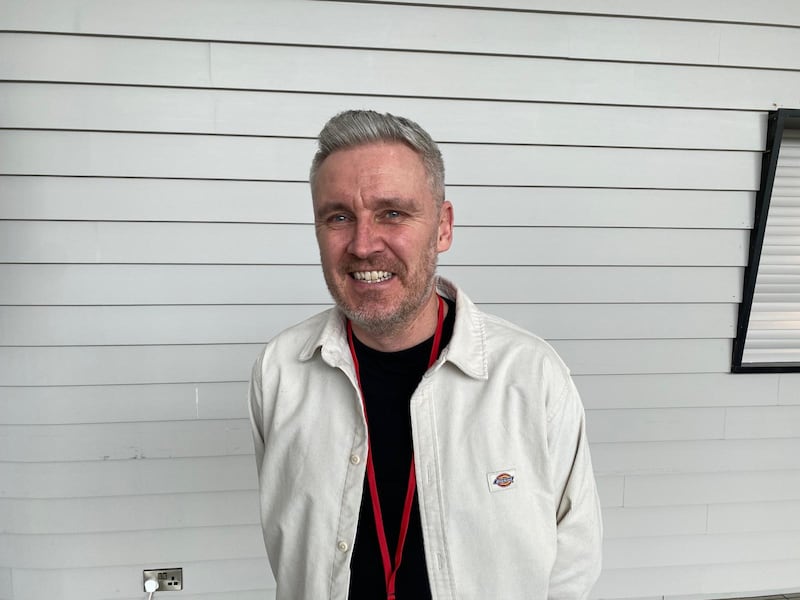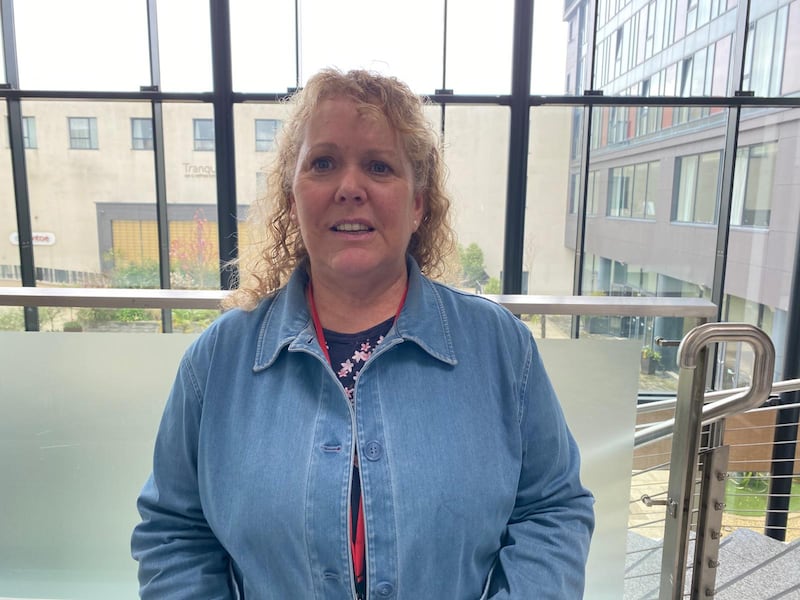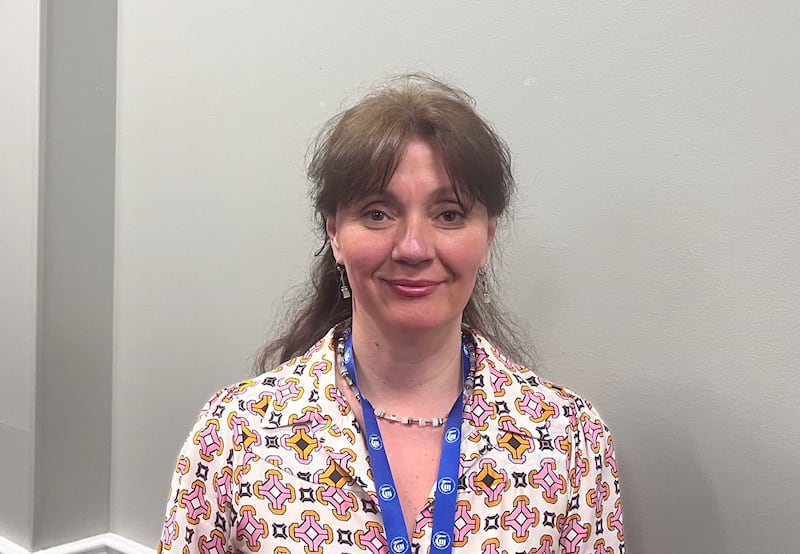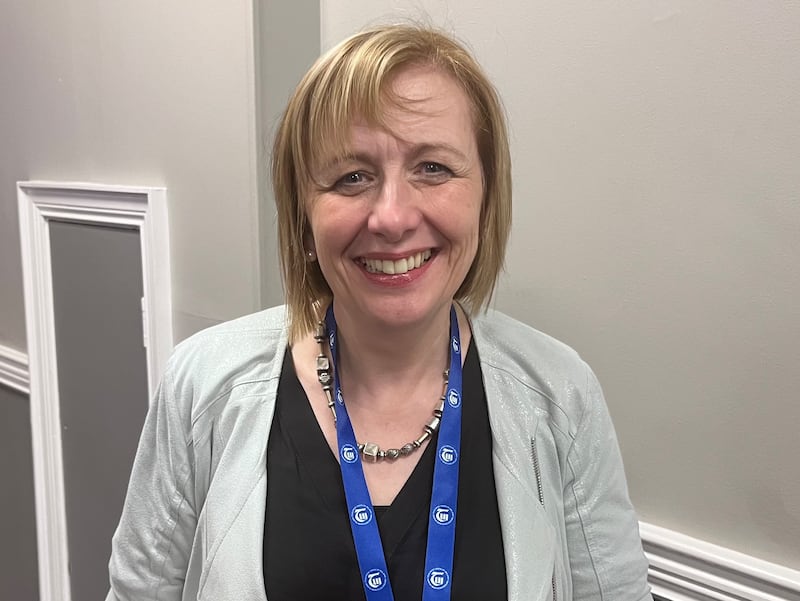‘They use Google Translate for their Irish homework – you know straight away’
Deirdre O’Toole, INTO delegate, Navan branch
“AI is very beneficial for teachers, and they are clever enough to know how to use it. But, for kids, and particularly outside of school, it is a different story. I started teaching 20 years ago and the children doing project work were using encyclopedias. Then Wikipedia came about, and we saw them copying from it directly.
“Now, if you give them project work, you can be guaranteed they will use ChatGPT. They also use Google Translate for their Irish homework – and you know straight away. You tell them, and their face drops. ‘How did you know?’
“We can try to explain to the children and the parents why it is not helpful for them, but the parents who listen are the ones who may not use it anyway.
READ MORE

‘Some students are copying and pasting answers’
Leon Darby, ASTI delegate, Clondalkin, Dublin
“I’m an English teacher and use it for planning – it’s great at creating resources, such as tiered questions for weaker or more able students. It can create questions based on a novel, for example, and you take what you like and adapt it to your own class. You can also use it for EAL [English as an additional language] students.
“It does get mixed up, though, so you have to check it carefully. A pitfall for students is many don’t review what they get from ChatGPT. If students can learn to use it responsibly, then happy days. However, for some students who are just copying and pasting an answer, without even reading it, they will be found wanting when the exams come around.”

‘Children are using AI all the time, whether we like it or not’
Dorothy McGinley, INTO president
“AI is more of an issue in post-primary, but it is coming into our primary system. Children are using AI all the time – whether we like it or not – although the recent developments are a step up.
“Teachers have to and will embrace AI, but we need continuous professional development [CPD] around it. Indeed, as a union we will always embrace change if there is proper training and CPD. And, if there are proper mechanisms and support put in place around it, AI will benefit children too.”

‘I use it in my teaching ... it’s an aid’
Siobhán O’Carroll, ASTI delegate, Dublin southwest
“I use it in my English teaching. I’ll ask it to generate questions on a topic; it’s an aid, and I take inspiration from it. Last year, for example, we were doing Hamlet, so I asked ChatGPT to give me short tests, like 10 questions on act one, scene three. You need to check them always.
“The downside is work that is coming back from students – you can see they are using vocabulary that is not in their sphere. You can see it in their work. Is that good or bad? It depends. Are they expanding their vocabulary and learning in doing that? It’s a subjective area.”

‘It’s going to change the way we teach’
Violeta Morari, TUI delegate, Munster Technological University, Cork
“I think it’s both an opportunity and a threat. It’s going to change the way we teach, and it’s going to change the way we assess. And the question is how to teach the next generation to use it ethically. And how are we going to ensure they actually are qualified and the degrees are worth anything?
“At third level, we need resources, we need policies, we need to think a lot about what both students and staff can do. It’s a very complicated thing, how we assess students in the future because the days of giving them 5,000-word essays, they’re gone.”

‘It saves an awful lot of legwork’
Ursula O’Connor, Mulroy College, Milford
“It’s definitely an aid. One third of us already use it for classroom preparation. In particular subjects, you can do great things, tailor worksheets in situations where you might have learners of all different abilities in the class. That saves an awful lot of legwork and we definitely see it as a help but the Irish landscape is changing and the growth of AI is exponential and so there is a need for guidance.
“That’s not to say I see it as a threat. I don’t think it could ever replace the human interaction in teaching. The fact you see the students from 12 until 18, know their backgrounds and where they want to go. An algorithm isn’t going to give them what that human contact can.”
- Follow The Irish Times education section on Facebook and X (Twitter) and stay up to date
















